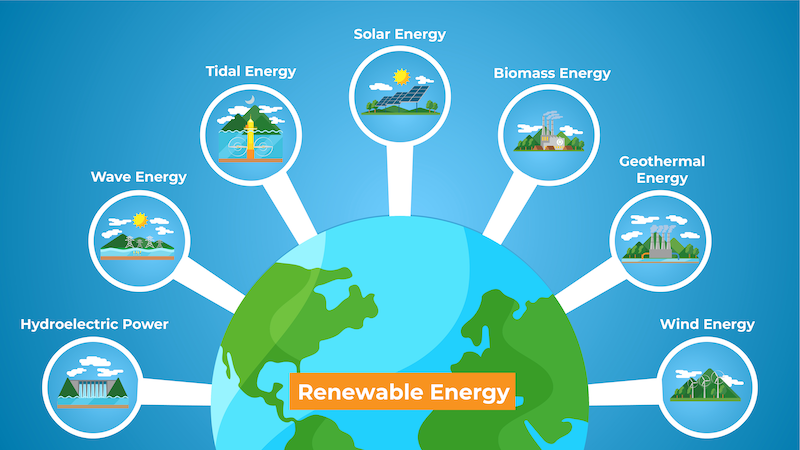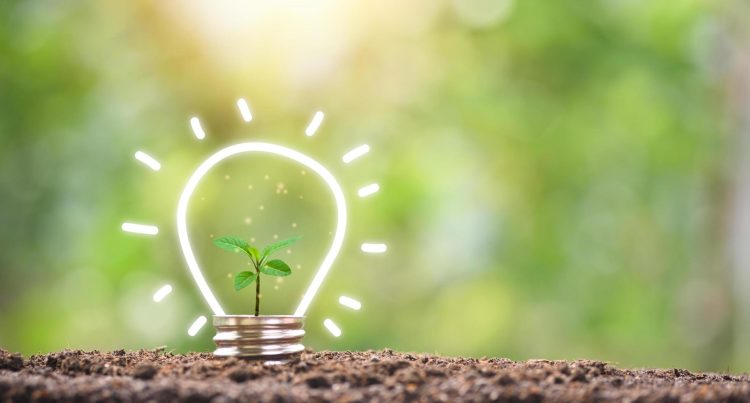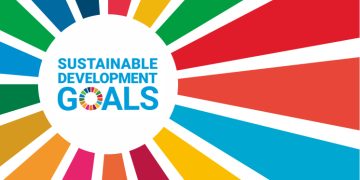It begins on a rooftop in Nairobi.
The morning sun is fierce, golden light washing over the corrugated roofs of Kibera. Among them, 32-year-old Miriam Achieng adjusts a small solar panel, its surface already hot to the touch. She wipes off a thin layer of dust with her scarf and smiles.
“This is our power,” she says. “It’s not much, but it’s ours.”
Miriam’s home runs on a single panel—enough to charge her phone, power two light bulbs, and keep her small refrigerator cool through the afternoon heat. It’s not luxury; it’s liberation.
Her story is the quiet revolution of renewable energy—the one happening not in government meetings or billion-dollar projects, but in the lives of ordinary people rewriting the rules of power.
1. The Rooftop Revolution
Solar energy has become a symbol of autonomy. In Kenya, where millions once depended on expensive and unreliable national grids, small solar kits have transformed rural life. They bring light where candles once flickered, refrigeration where food once spoiled, and connectivity where darkness once silenced communication.
“I used to walk two hours just to charge my phone,” Miriam recalls. “Now I do it here while cooking.”
Her children study under the glow of solar LEDs—something she calls ‘the light of opportunity.’ For her, energy is not about carbon footprints or policy targets; it’s about dignity.
Across Africa, Asia, and Latin America, millions like Miriam are claiming control over their energy. They may not call it “climate action,” but their lives are a testament to what decentralized green power means in human terms: self-reliance, pride, and the right to light one’s own home.
2. The Farmer’s Dilemma
Thousands of miles away in Spain’s Andalusian countryside, Carlos Ruiz, a third-generation olive farmer, faces a different story of transition. His fields stretch wide under the Mediterranean sun—an image of timeless agriculture—but the world around him is shifting.
“Climate has always changed,” he says, squinting at the horizon. “But not like this.”
Rains arrive too early or too late. Summers burn longer. Yields drop. In 2020, he installed solar-powered irrigation pumps, reducing his diesel costs by half. Now, he’s experimenting with agrivoltaics—placing solar panels above his crops to shade the olives and generate power simultaneously.
“It’s strange,” he laughs. “The sun that burns my fields now protects them.”
Yet Carlos is candid about the economics. “Not everyone can afford this technology. The government helps, but subsidies are slow. We need this transition to be fair, not just green.”
His words echo a global concern: the green divide—the risk that sustainability becomes a privilege of those who can pay for it. For farmers like Carlos, renewable energy is both salvation and struggle.
3. The Engineer of Tomorrow
In South Korea, inside a Seoul tech startup, Jinwoo Park leads a team of engineers designing AI-driven smart grids. His screens flicker with maps of energy flow across the city, real-time algorithms adjusting supply to demand with millisecond precision.
“Electricity used to be dumb,” he says. “Now it’s intelligent.”
Jinwoo’s system learns daily rhythms—anticipating when neighborhoods wake, when factories power up, when EVs plug in. It balances energy from solar rooftops, offshore wind farms, and city batteries, ensuring nothing goes to waste.
“Renewable energy is unpredictable,” he explains. “AI is what makes it reliable.”
For him, sustainability is a software problem. He believes the next great leap will not come from better turbines or panels, but from smart coordination—networks that think, learn, and optimize.
Yet he worries about dependence. “Energy is freedom,” he says. “But if all our power flows through code, who controls the code? That’s the next ethical battle.”
4. The Miner’s Shadow
Not everyone welcomes the transition.
In Wyoming, USA, Jake Thornton, a coal miner for 25 years, stands at the edge of a silent pit where excavators once roared. The company shut down last winter.
“They call it progress,” Jake mutters, “but for me, it’s unemployment.”
He is not against renewable energy. “I’ve got kids too,” he says. “I want clean air. But I also want work.”
The town around him is shrinking. Bars close early, the school budget has been cut, and “For Sale” signs dot the streets. Solar jobs exist—but they’re in other states. Retraining programs promise opportunity, but few materialize fast enough.
“We powered this country for a century,” he says. “Now we’re just a line in the past.”
Jake’s bitterness speaks to the moral cost of transition. For every green victory, there’s a community left behind. Sustainability cannot mean survival for some and sacrifice for others. True progress demands a just transition—one that honors those who built the world we’re trying to save.

5. The Island Innovator
In the Maldives, Leena Ahmed, a young marine biologist, stands on a pier surrounded by turquoise waters. Her island, once famous for tourism, now experiments with tidal energy.
“People think of paradise,” she says, “but we think of survival.”
Rising seas have swallowed beaches and contaminated wells. Renewable energy here is not an environmental choice—it’s an existential necessity. Leena works on a community microgrid powered by wave and solar systems, reducing reliance on costly diesel shipments.
“When you live surrounded by the ocean,” she says, “you learn to listen to it.”
Leena’s team collects data on how tides change energy output, adjusting battery storage accordingly. “It’s small-scale,” she admits, “but it’s scalable. If islands like ours can power themselves, that’s hope for all coastal regions.”
She pauses, watching the waves. “The world talks about saving the planet,” she says softly. “But really, the planet will be fine. It’s us we’re trying to save.”
6. The Designer’s Dream
In Copenhagen, Sofie Lund, an urban designer, believes renewable energy is also a cultural movement. Her projects combine art, architecture, and sustainability—solar trees that charge phones in public parks, kinetic pavements that generate power as people walk.
“Energy should be visible,” she insists. “People should feel connected to it.”
Her latest project, a floating solar sculpture on a city canal, serves as both a power source and a meeting space. “It’s not just about watts,” she laughs, “it’s about wonder.”
Sofie represents a new generation of designers blending aesthetics with ethics. For them, sustainability isn’t sacrifice—it’s beauty reborn in responsibility. “The future won’t be gray factories with panels,” she says. “It will be cities that breathe, shine, and grow like living organisms.”
7. The Elder’s Reflection
In northern Canada, Elder Marie Thomas of the Cree Nation remembers a time when energy came from wood fires and rivers. Now, her community installs small hydro turbines and solar units, reclaiming both land and sovereignty.
“For a long time, others took from our rivers,” she says. “Now the rivers give back.”
For Indigenous communities, green energy is deeply intertwined with cultural renewal. Projects are often community-owned, blending ancestral knowledge with modern technology.
“People say renewable energy is the future,” Marie smiles. “For us, it’s also the past—just remembered differently.”
8. Threads of the Future
Across continents and generations, these stories share a pulse: the human side of the energy revolution. Miriam’s rooftop, Carlos’s olive fields, Jinwoo’s algorithms, Jake’s silence, Leena’s waves, Sofie’s solar art, Marie’s turbines—all form a mosaic of what sustainability truly means.
It’s not a single technology or ideology. It’s a living system of dreams, fears, and resilience.
Renewable energy is not just about saving the planet—it’s about reimagining what it means to be human in a changing world.
From the rooftops of Nairobi to the code rooms of Seoul, from the coal towns of America to the islands of the Indian Ocean, the future is being built by ordinary people with extraordinary hope.
And perhaps that’s the quiet miracle of this era:
the realization that the power to change the world has always been in our hands—
now, quite literally, powered by the sun.












































